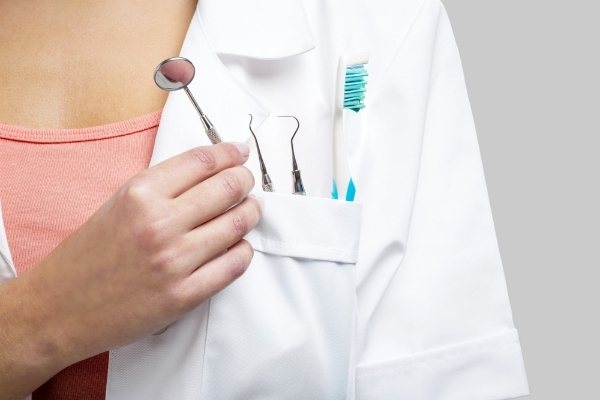Bacteria is one of the fastest-reproducing organisms in the world. Through blood and saliva, bacteria can carry diseases like hepatitis, herpes, HIV, and tuberculosis.
These diseases can spread from patient to patient via contaminated dental instruments. In fact, healthcare-associated infections are one of the leading causes of death in the United States.
Luckily, you can avoid contamination by sterilising your equipment. Read on to find out how to ensure that your dental instruments remain free of contamination.
1. Wear Protective Equipment
It’s important for dentists and dental assistants to wear personal protective equipment or PPE. This protects you from exposure to germs and bacteria transmitted from patients. It also prevents you from passing on any contaminants you may be carrying.
PPE includes safety eyewear, face masks, smocks, and gloves. Over and above your regular latex clinical gloves, you should also have utility gloves on hand. These thick gloves will protect your hands from sharp objects and harmful cleaning chemicals.
2. Clean Your Instruments
Always soak your instruments after use. This will ensure that any oral debris left on the surface doesn’t dry and harden. You can soak your instruments in disinfectant, detergent, or an enzymatic cleaner.
A thorough cleaning ensures there isn’t any dirt masking the surface of the instruments. You can wash the instruments by hand, but this is often less effective and increases the risk of injury.
The CDC recommends using either automated instrument washers or ultrasonic dental instrument cleaning. Ultrasonic cleaners use sound waves to shake dirt loose.
3. Rinse and Dry
Rinse your instruments to remove any residual cleaning chemicals or detergents. Then, dry them thoroughly to avoid adding excess moisture into your sterilization unit.
Wet instruments may also affect the packaging mentioned in the next step. Moisture may compromise the integrity of the packaging. This allows bacteria to seep through the protective layer and contaminate the instruments.
Some automatic instrument washers may rinse and dry your instruments as part of the cleaning cycle.
4. Use Protective Packaging
Next, place your instruments into a sterilization pouch. These disposable pouches form a protective barrier around the instruments, preventing contamination.
One side of the pouch is made from medical-grade paper and the other side is a layer of plastic film held together with adhesive. The pouches are sealed before sterilization begins, but are designed to allow the sterilization agents to penetrate into the packaging.
Most sterilization pouches, like the Primo Self Seal Sterilization pouches, have an indicator on the outside of the packaging to verify sterilization. For more information about these pouches, check out this blog post.
5. Sterilize
There are 3 main types of sterilization devices commonly used in dental practices. Steam autoclaves sterilize the instruments with pressurized steam. The steam reaches approximately 250-273 degrees Fahrenheit. Steam autoclaves are the most widely used and dependable form of dental sterilization equipment.
The second type of sterilization device is a dry heat unit. The air inside the unit is heated to 300-375 degrees Fahrenheit. This heated air is circulated around the instruments for an extended period of time to sterilize them.
The last method of sterilization is an unsaturated chemical vapor device. Alcohol, various chemicals, and water are combined to create a vapor that kills off microorganisms.
Now You Know How to Sterilize Your Dental Instruments
Wage war on contamination and infection by properly sterilizing your dental instruments. Clean, sterile equipment will put a smile on your face by protecting your patients and dental practice from harmful bacteria.
If you found this article informative, browse through the rest of our site to find a treasure trove of knowledge.

